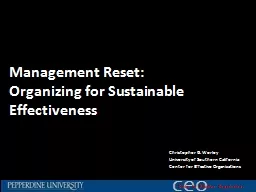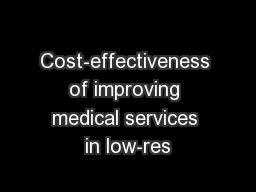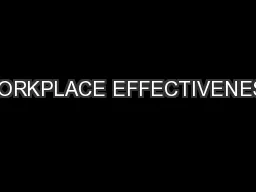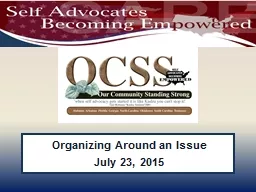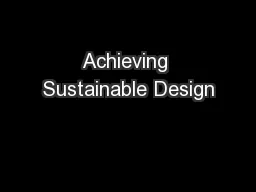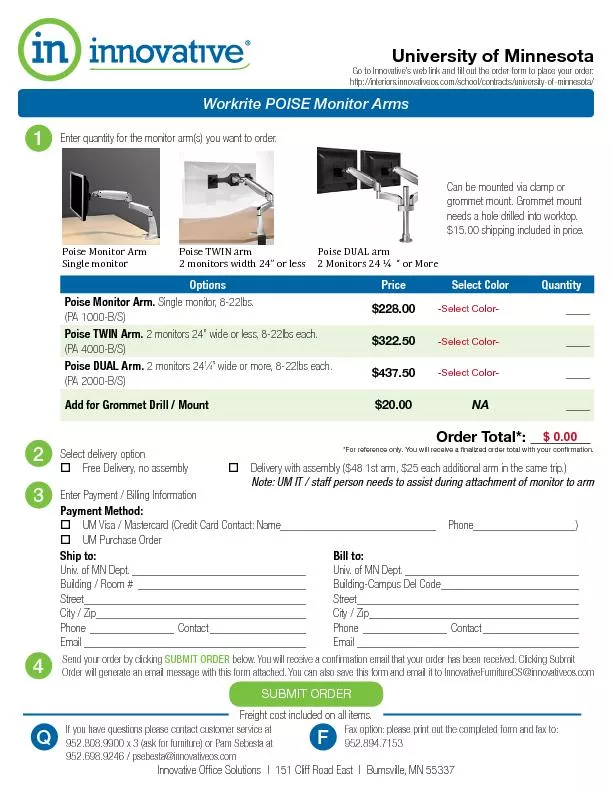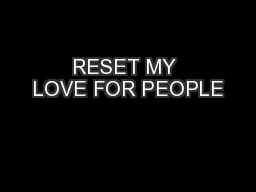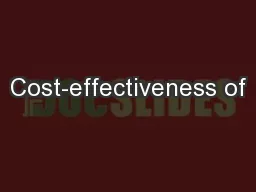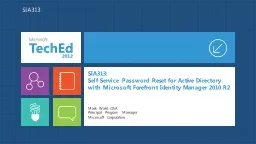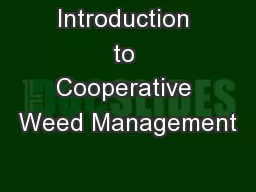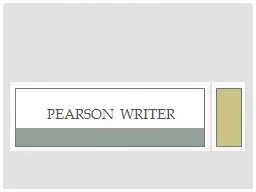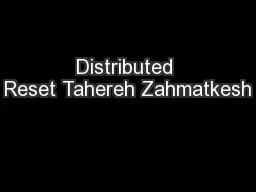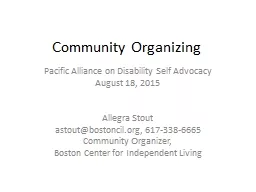PPT-Management Reset: Organizing for Sustainable Effectiveness
Author : rozelle | Published Date : 2020-06-19
Christopher G Worley University of Southern California Center for Effective Organizations Where am I going this morning To explore an organization design logic that
Presentation Embed Code
Download Presentation
Download Presentation The PPT/PDF document "Management Reset: Organizing for Sustain..." is the property of its rightful owner. Permission is granted to download and print the materials on this website for personal, non-commercial use only, and to display it on your personal computer provided you do not modify the materials and that you retain all copyright notices contained in the materials. By downloading content from our website, you accept the terms of this agreement.
Management Reset: Organizing for Sustainable Effectiveness: Transcript
Download Rules Of Document
"Management Reset: Organizing for Sustainable Effectiveness"The content belongs to its owner. You may download and print it for personal use, without modification, and keep all copyright notices. By downloading, you agree to these terms.
Related Documents

